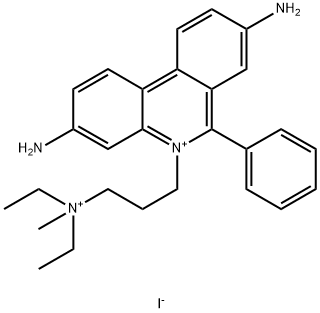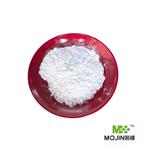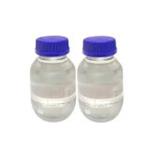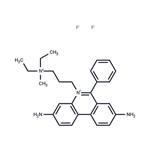Propidium iodide (PI) is membrane impermeant and generally excluded from viable cells. However, it can easily penetrate dead or damaged cells and as such is commonly used for identifying cell viability in a population or as a counterstain in multicolor fluorescent techniques. It binds to DNA and RNA by intercalating between the bases. PI is excited at 488-535 nm with an emission maximum of 617 nm. This probe is suitable for fluorescence microscopy and flow cytometry.
Used as fluorescent stain for nucleic acids,and used in flow cytometry to evaluate cell viability
Propidium iodide is the most common red-fluorescent nuclear stain. It can also be excited using excitation filters appropriate for green-fluorescent dyes.
Propidium Iodide is a phenanthridine compound, a class of compounds with reported activity against several species of trypanosomes. Propidium iodide may be used in flow cytometry to evaluate cell viab
ility when used with other dyes that stain viable cells or cells that are early in the apoptosis process.
ChEBI: Propidium iodide is an organic iodide salt. It contains a propidium.
Extinction coefficient(493 nm): 5900 M -1cm-1;(287 nm): 55,700 M -1cm-1;
Primary TargetMembrane impermeable DNA intercalator
It crystallises as red crystals from H2O containing a little KI. It fluoresces strongly with nucleic acids. [Watkins J Chem Soc 3064 1952, Beilstein 22 III/IV 5519.] TOXIC.



